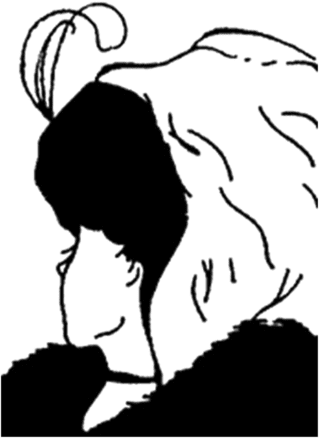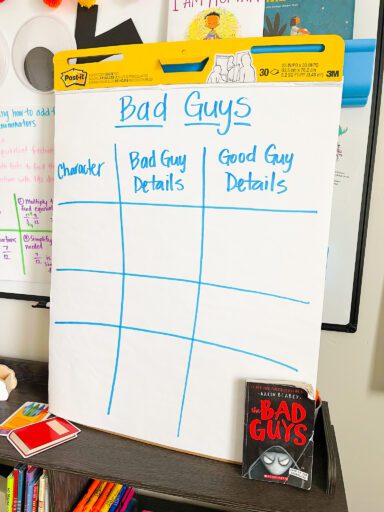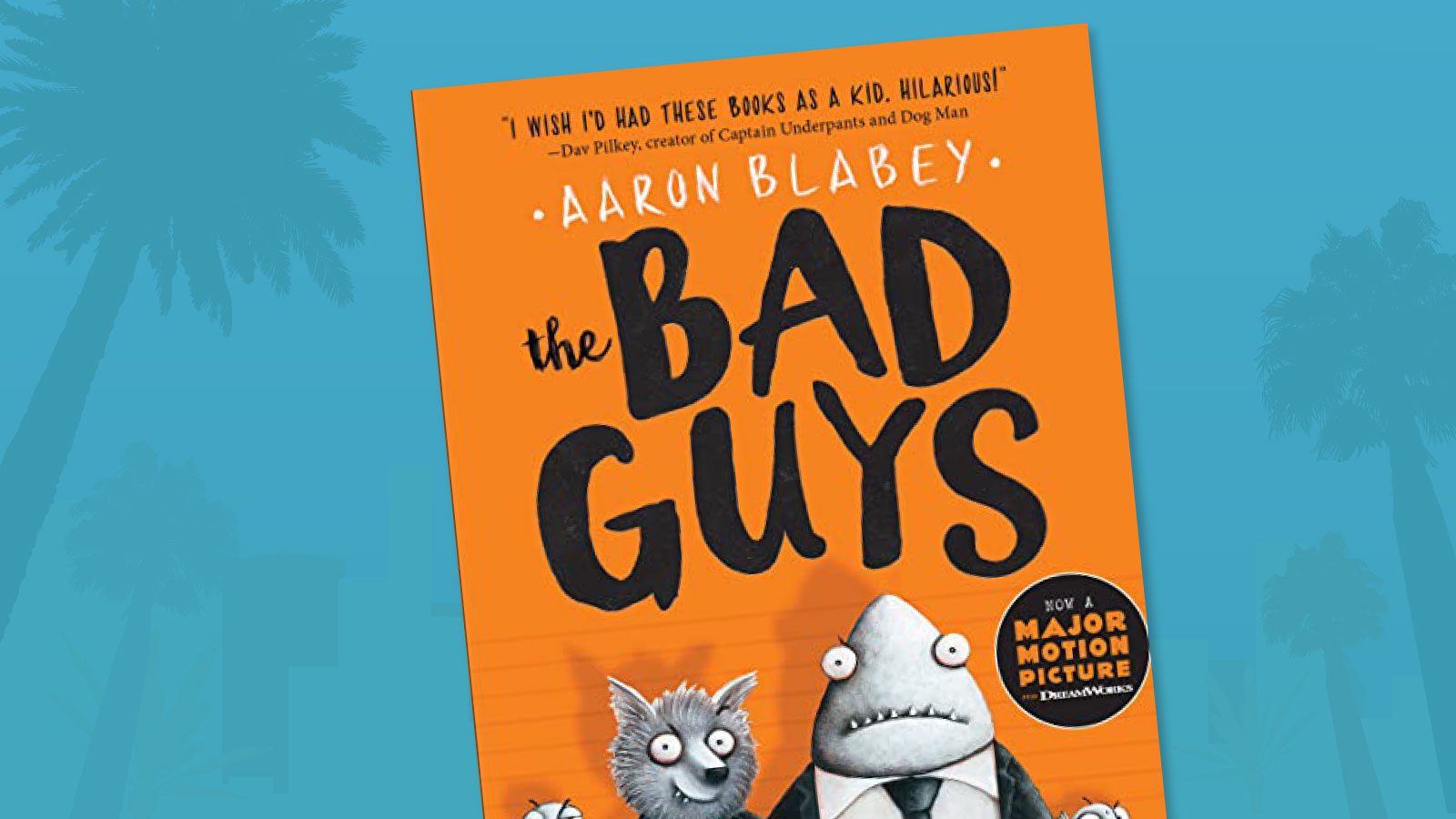They sound like bad guys, they look like bad guys, and they even smell like bad guys. But here’s the kicker—they’re good guys. Or they’re trying to be, in any case. The Bad Guys (we’ll focus on the first book here, but the entire series is a riot) is all about flipping the narrative on villains, which makes it perfect for teaching point of view. Even if all of your students haven’t read the book, you can still teach a mini-lesson on this topic (just do a few read-aloud sessions—it’s a quick read, we promise).
(Note: WeAreTeachers may collect a share of sales from the links on this page. We only recommend items our team loves!)
Setting the stage for the book
Before you start reading, ask your students what they think the story might be about. Show them the cover and ask for guesses. Guide the class discussion and record students’ ideas. You might hear students share ideas about “bad guys” from stories being the villain or the character who causes problems.
Reading The Bad Guys to your class
As you read the book aloud, keep an anchor chart of ideas that answer the following questions:
- Who are the Bad Guys?
- What do the Bad Guys want?
- How do the Bad Guys get what they want?
Introducing point of view
Share this picture with students and ask them to silently think about what they see.

Make sure students don’t share their ideas out loud right away. After about a minute, have students turn to a partner and share what they see in the picture.
Bring the class together as a whole group and have a discussion about what they saw. Hopefully, students will have noticed two different pictures: a young woman with a feather on her hat or an old woman with a large nose. Use this as an opportunity to discuss how people can look at the same picture and see two entirely different things. This is called a point of view, or perspective, and not everyone sees things the same way.
Teaching point of view with The Bad Guys
Go back to the beginning of the book and refer to the anchor chart you made. Explain how at the beginning of the story, Mr. Wolf is trying to change his “bad guy” status. Ask students to think about what made Mr. Wolf a “bad guy” and have them share with their partners. Next, ask students to think about what he did to try to become a “good guy.”
Repeat this exercise with each of the four main characters. Have students share their ideas with the class and use an anchor chart to record. The chart can look something like this:
| Character | Bad Guy Details | Good Guy Details |
|---|---|---|
| Mr. Wolf | ||
| Mr. Snake | ||
| Mr. Piranha | ||
| Mr. Shark |

Using ideas from the anchor chart, ask the following discussion questions to help students understand how a story or character can change based on the point of view:
- How do the Bad Guys see themselves?
- How do other characters see them?
- What are they doing to change?
- What challenges do they face?
More practice with point of view (and wolves)
For another take from a wolf’s perspective, read the story The True Story of the Three Little Pigs. Talk about how the wolf’s point of view differs from the pigs’. Compare and contrast the book with the traditional story of the Three Little Pigs using a Venn diagram.
